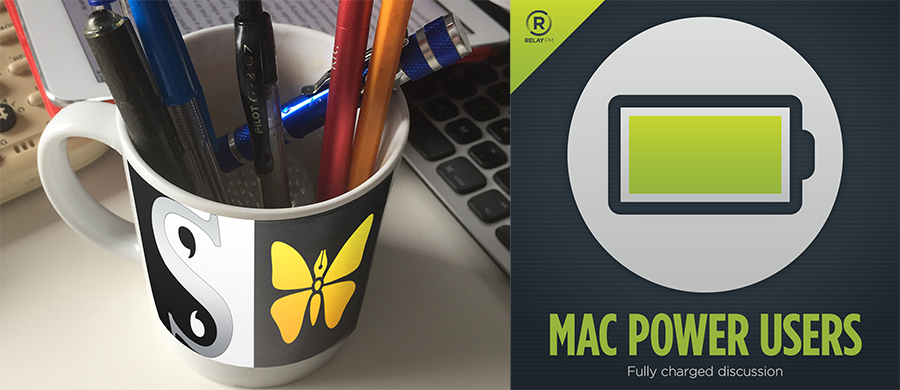
Word processors, like Microsoft Word, Apple Pages, and Google Docs, represent the most common writing tools, yet their feature sets are mainly focused on activities other than writing. If you do this via a computer, there are several different ways you could go. If you do this via handwriting, you could lay out the pages on a big table when you’re done and see if some kind of structure emerges from those pages. You might prefer starting out writing to find out what you have to say. However, it’s not necessary to start with an outline. Check out the other guide for more on outlining.

One way to get started writing in chunks is by writing an outline beforehand so that you have a good sense of the sections to write and each section can be a separate chunk to work on during different writing sessions.

That way you can try out a few different tools and get a feel for whether you find this method useful without the pressure of needing to make progress on a more important and complex project. You might try this out on an assignment you feel comfortable with, rather than waiting until you’re overwhelmed by a big project and your existing mode of writing isn’t working. If you’re not used to working this way, it can feel odd at first. One way to do this is to break down the writing project into chunks of text. Once you’re faced with a writing task that will span several writing sessions, it’s necessary to find some way to keep it all straight between sessions.
#SCRIVENER VS ULYSSES HOW TO#
This guide aims to give you several options to address each challenge, so that you can make more deliberate choices about how to manage these issues in future large writing projects. You may have approached these challenges instinctively, maybe by writing the paper from the first page to the last to keep it all straight, or by using improvised file names to indicate versions (e.g., research paper final version 2.docx). Finally, you need ways of managing the various versions of the document–what you sent to your mentor, the version she sent back to you, the new version you’re working on, the version where you totally changed the introduction, etc.īy this point, you may have already had a taste of this in writing a research paper or some other longer assignment. Next, you need some way of managing feedback, since it’s more likely a longer document is more important and will go through several rounds of revision. First, you need some way to know what to write in each section while keeping the structure of the whole document in mind.

When you’re writing a paper that’s more complex than a short essay, like a research paper, a thesis or capstone project, or even a dissertation, you face new challenges.
#SCRIVENER VS ULYSSES SOFTWARE#
This guide covers a few key techniques and introduces custom writing software that supports these techniques in unique ways. There are a number of writing practices and software tools that can help you manage longer and more complex writing tasks. Managing Research Papers and Other Longer Writing Projects


 0 kommentar(er)
0 kommentar(er)
